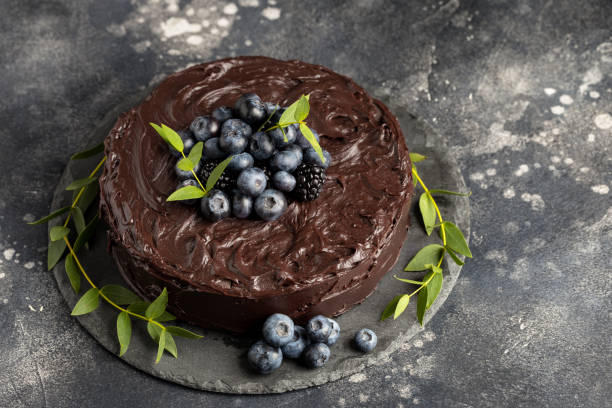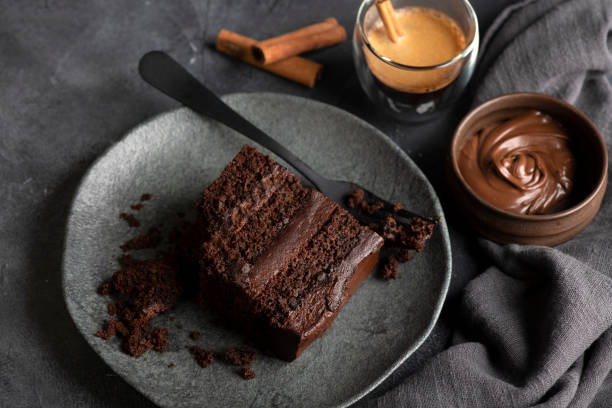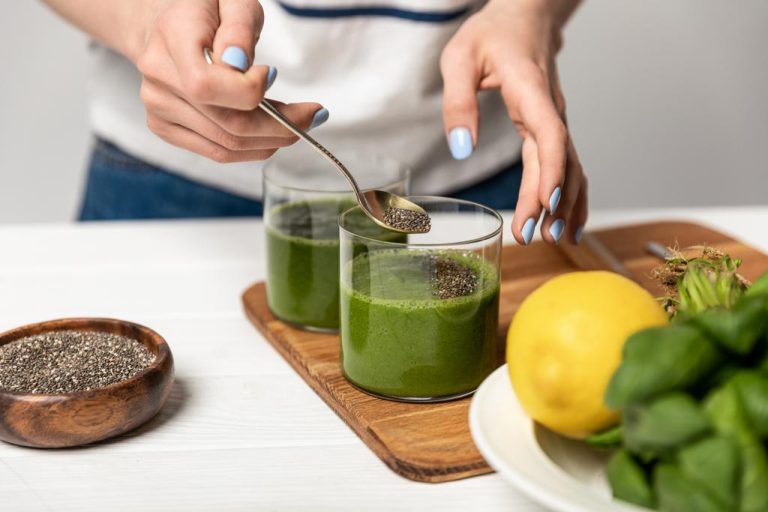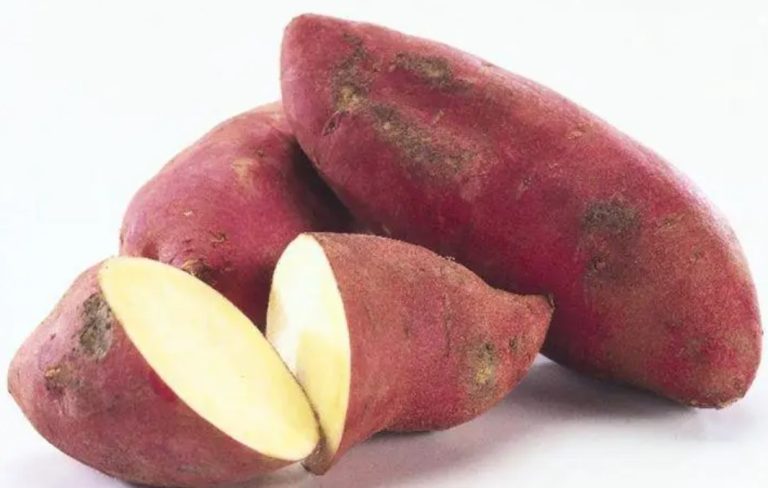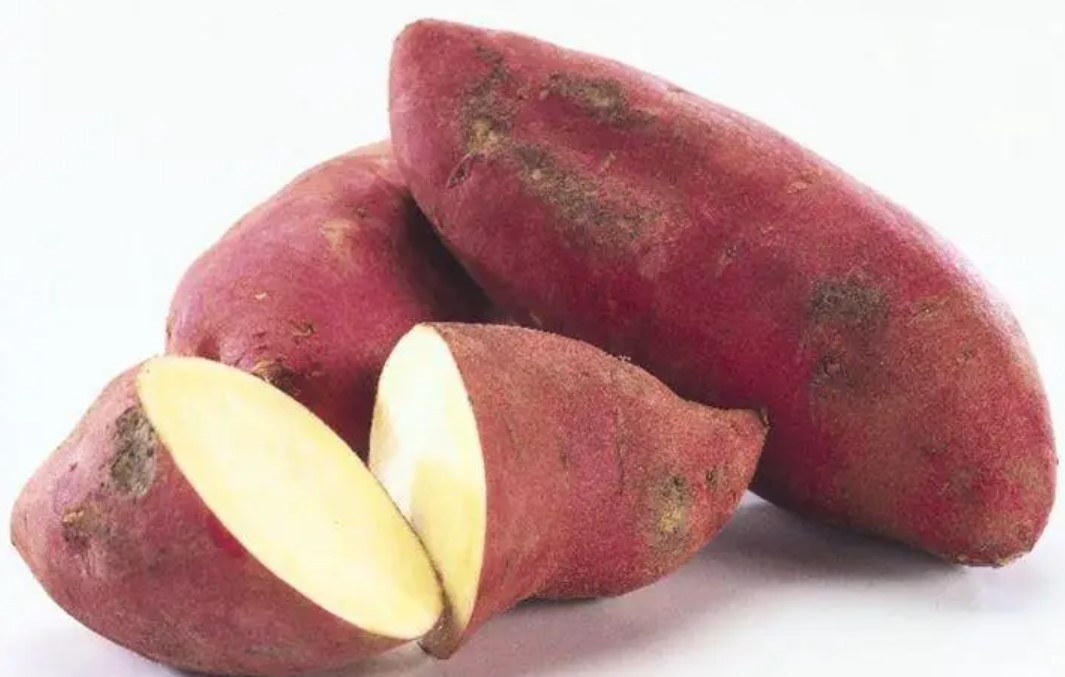
It’s time to gather your loved ones and prepare for an exciting Super Bowl Sunday! There’s a lot to appreciate about football’s greatest game of the year, from the Super Bowl betting to advertising and the halftime performance. Oh, and have we mentioned all the great foods? Superbowl Sunday is an excuse to eat as much food as you want without feeling guilty. Without an outstanding display of food and beverages, no Super Bowl party would be complete.
Here we have gathered some of the best foods and treats for the Super Bowl watch party. We can assure you that your family will love them!
Traditional Pizza
The NFL and pizza should have an established partnership. There aren’t many individuals in the world who do not have a love for pizza. It’s a Super Bowl staple all around the world, and it’s the perfect supper for the big game. Call your neighborhood pizza restaurant if you don’t have time to cook the things you’d like to.
If you would like to, you could also make your own pizza from scratch. If you choose to do this, you’ll be able to add your own touches. You could also use this opportunity to bond with your children by allowing them to help you.
Check out this great recipe for the perfect homemade pizza.
Delicious Cheesy Pinwheels
Even though they may appear unimpressive when simply arranged on a plate, these bite-sized snacks hold a tremendous amount of flavor. Cheesy Pinwheels are the perfect Midwestern appetizer: they’re loaded with cheese, contain just a few other ingredients, and serve dozens of people, which is ideal if you’re hosting a party.
The best part about this delicious appetizer is that you most likely have all of the ingredients in your fridge! They’re quick, easy, and your guests will love them!
Find the recipe for this great snack here. Some stores also sell them premade!
Cheesy Nachos
It wouldn’t be a proper game-day spread if there weren’t nachos involved. You’ll have a hard time finding a simpler starter for your Super Bowl party. When it comes to nachos, they’re simply perfect. Start off with layers of crunchy tortilla chips, melting cheese, ground beef, refried beans, and tasty toppings of your choice. Nachos are a crowd-pleasing favorite, but the recipe is adaptable enough to include a variety of savory substitutions.
There are also different variations of nachos. You could do single-serve nachos, a nacho bar, or even sheet pan nachos. It all comes down to what works for your family and friends.
Here is a great recipe for the perfect mouthwatering nachos!
Tiger Striped Cream Cheese Brownies
The perfect mix of rich and creamy chocolate brownies and zesty cheesecake is what you get with tiger-striped cream cheese brownies. While they need a little more effort than a regular chocolate fudge brownie recipe, we can assure you that the rewards are well worth the effort. Slice them up and serve them on a platter for your guests’ enjoyment, or use them as the base for decadent ice cream sundaes.
Another great thing about these is that you can make them a day or two prior to game day. This will save you time with the overall preparation.
Get the recipe for these delicious brownies here.
Super Bowl Kick-Off Punch
Make a jug of this delicious refreshing punch and serve it to everyone. It’s a light alcoholic cocktail made up of both fresh and strong ciders, South African black tea, and brandy that can be enjoyed until the final gun. It’s recommended to use a sweet hard cider for this.
It is important to remember that you can add or take away ingredients to fit your families liking. You could also make a kid-friendly version for your little ones so that they aren’t left out!
Click this link for the full recipe!
Whether you’re hosting your own party or joining in on someone else’s it’s crucial to have delicious foods and beverages to enjoy with all of your family and friends. Fill the table with these quick yet excellent foods that serve as the perfect salty, rich counterpoint to a crisp game-day beverage. We can assure you that your friends and family will absolutely love them. The best thing about these recipes is that you can make the majority of them ahead of time. As long as your family doesn’t eat them of course!
Oh, and don’t forget the popcorn! It isn’t a Super Bowl watch party without loads of popcorn drowned in buttery goodness!

